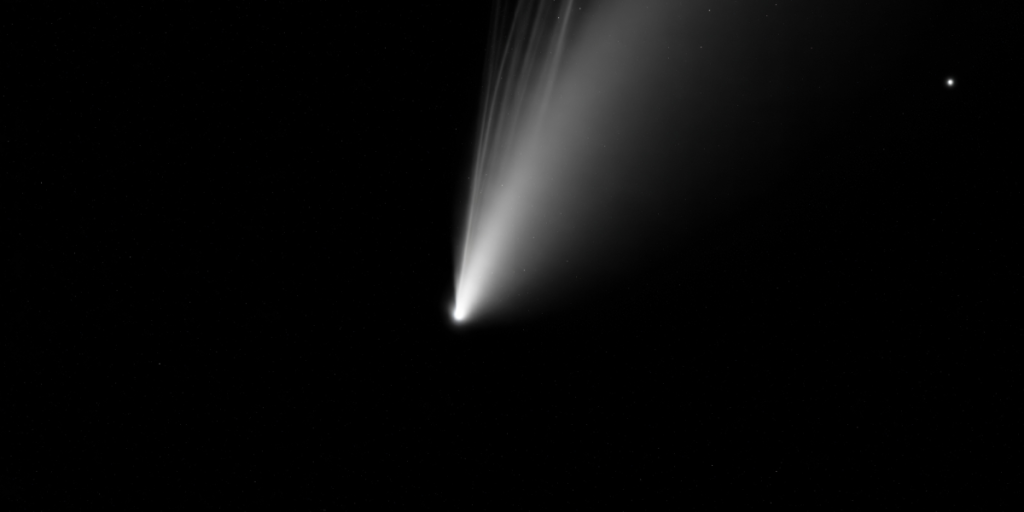A fast-moving object from outside our Solar System has captured global attention since it was first detected in July.
Others are reading now
Its unusual properties have driven debate among astronomers and space enthusiasts as it approaches its closest point to Earth in December.
Amid the speculation, many readers have asked a simpler question: how did it get the name 3I/Atlas?
A puzzling arrival
The object was first detected in July by the NASA-funded ATLAS observatory, sparking immediate debate among astronomers.
Some researchers described it as a comet, while Harvard theoretical physicist Avi Loeb suggested it could be an alien “mothership” on a reconnaissance mission.
Even SpaceX founder Elon Musk acknowledged that “it could be alien” and warned that any deviation from its expected trajectory could pose a real risk as it sweeps past Earth on December 19.
Also read
The European Space Agency has already mobilised teams to monitor its path, using telescopes in Hawaii, Chile and Australia.
Name decoded
As questions circulated about its origins, many people also wondered why the visitor carries the unusual tag 3I/Atlas.
According to NASA’s designation system, the structure of the name is deliberate.
The letter I identifies it as an interstellar object.
The number 3 marks it as only the third confirmed interstellar visitor ever observed.
Also read
And Atlas refers to the survey program that first spotted it, the Asteroid Terrestrial-impact Last Alert System.
This updated naming system was introduced because modern surveys detect far more comets and interstellar objects than in the past, making traditional naming conventions impractical.
Rare interstellar history
Before 3I/Atlas appeared, only two other interstellar bodies had been recorded.
The first was 1I/ʻOumuamua in 2017, famous for its cigar shape and erratic motion. The second was 2I/Borisov in 2019, identified as a more conventional comet.
NASA says 3I/Atlas poses no threat to Earth and will come no closer than 170 million miles. It already passed within 19 million miles of Mars in early October and recently performed a slingshot around the sun.
Also read
Astronomers are now combing through older images in a process known as precovery to trace its path deeper into the past.
A continuing mystery
Despite months of study, experts remain divided over the object’s true nature. Observations have shown unusual features, including what some describe as an “anti-tail,” a formation where dust appears to point toward the sun instead of away from it.
NASA, ESA and independent researchers will continue tracking the visitor as it clears the inner Solar System in the coming weeks.
For now, its name may be the only straightforward detail scientists can agree on.
Sources: Daily Star, NASA, ESA


